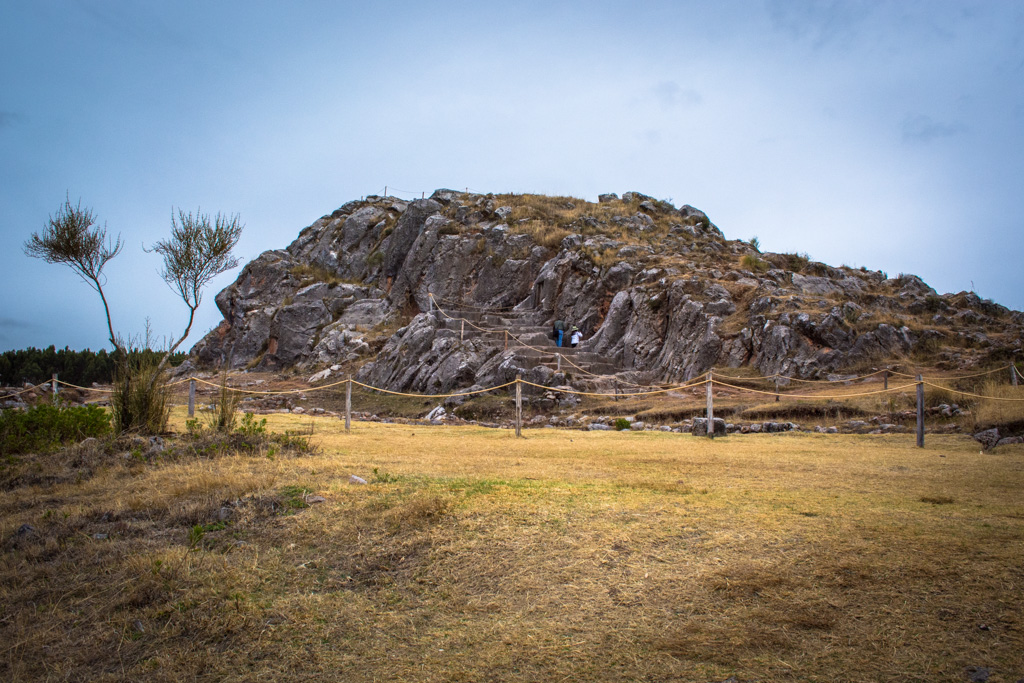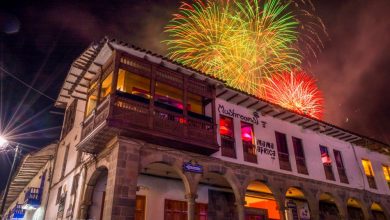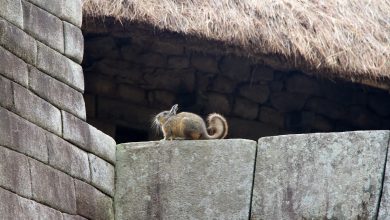
The Twelve-Cornered Stone is woven into a great Inca wall on the Hatun Rumiyoc Street, four minutes from the Plaza de Armas, the Main Square. Every day national and foreign tourists come here since it is a great example of Inca architecture and construction.
It is known as Cultural Heritage of the Nation.
It forms part of a set of walls that many say formed the Palace of Inca Roca, while other, more recent scholars question that idea. They hold it rather enclosed the base of an enormous platform temple on which offerings were made to Ausangate. Whatever the truth, it was the beginning of a ritual complex of temples and terraces from here to the hill’s top.

Eight minutes by foot from Cusco´s Plaza de Armas you find the typical neighborhood of San Blas. Its narrow streets, calm and lost in time make you feel the energy that this traditional neighborhood still retains.
Its charming central plaza, in the form of a chacana, the Andean Cross, is colorful and filled with trees next to a church on Inca foundations. It is a strategic point of encounter for many people who visit or live here.

San Blas is known for its colonial beauty and for being the neighborhood of artisans. Still today important craftsmen and artists live here and San Blas’ artisanal market on weekends is attractive and not to be missed.

The Temple of the Moon is found is that north eastern zone of the city of Cusco, some twenty minutes from the Main Square. Every day visitors come here and are impressed by the walls and huacas, Inca temples, that surround this fascinating temple. This place is an energetic site and has figures carved into stone of the Andean trilogy. It is a perfect place to walk, breathe fresh air, and get to know Inca culture.
By the Temple of the Moon you find numerous other huacas. This entire sector was part of the ritual circuit of the Incas and some specialists insist that what we today call the Temple of the Moonw as indeed dedicated to the inca Nobility as a private temple. They claim, following colonial documents, that here was celebrated the inicial ceremonies for Inti Raymi, the Feast of the Sun.

Saqsayhuaman is the great temple of the god Illapa or lightning bolt. It continues to be considered a deity, Apu, by many people in Cusco, especially those from nearby rural communities. It is still mentioned in ritual offerings where people ask for its intercession. It is a holy place.
It shows us the perfect forms of this architecture that reveal is zigzagging form from a distance. It is far and away the most important temple of Upper Cusco, called Hanan Qosqo, in Inca times.

The Qoricancha is the famous Temple of the Sun described by Pedro Cieza de Leon as the most elegant temple, decorated in gold. The Spanish tore down the gold covering and took it away as part of the ransom demanded by Pizarro, the invader, in order to ransom the Emperor Atahualpa.
It was an administrative center that concentrated religious, mystic, and intellectual power for the Inca State called Tawantinsuyo. All the Spaniards who saw it for the first time remained in a state of admiration. Even today it surprises with the magnificence of tis architectural complex. It was used by the Spanish to construct what became the monastery of Santo Domingo.

The Plaza de Armas: the Main Square. It was covered by sand brought in from the ocean. Illas, charms, of gold decorated its grounds as well as beautiful red kantu flowers. That is how the Haucaypata Square must have been in Inca days. In its middle there was an usnu, an altar to make offerings to the Sun and the mountain Gods. It was a ceremonial and ideological center of great importance for the Inca Empire.
The current plaza included only a portion of what was the great Haucaypata. When Cuzco’s Cathedral was built, its platform was extended into the plaza, making the remaining square much smaller.
Even though we can only imagine the ancient glory of Cusco’s Plaza de Armas, it continues as the ritual lungs of the city and region. Few days and even fewer weeks go by in which there is not some ritual activity, whether civi, political, or religious. It is a center of life for Cusco and is one of the most elegant and interesting plazas in the world.





